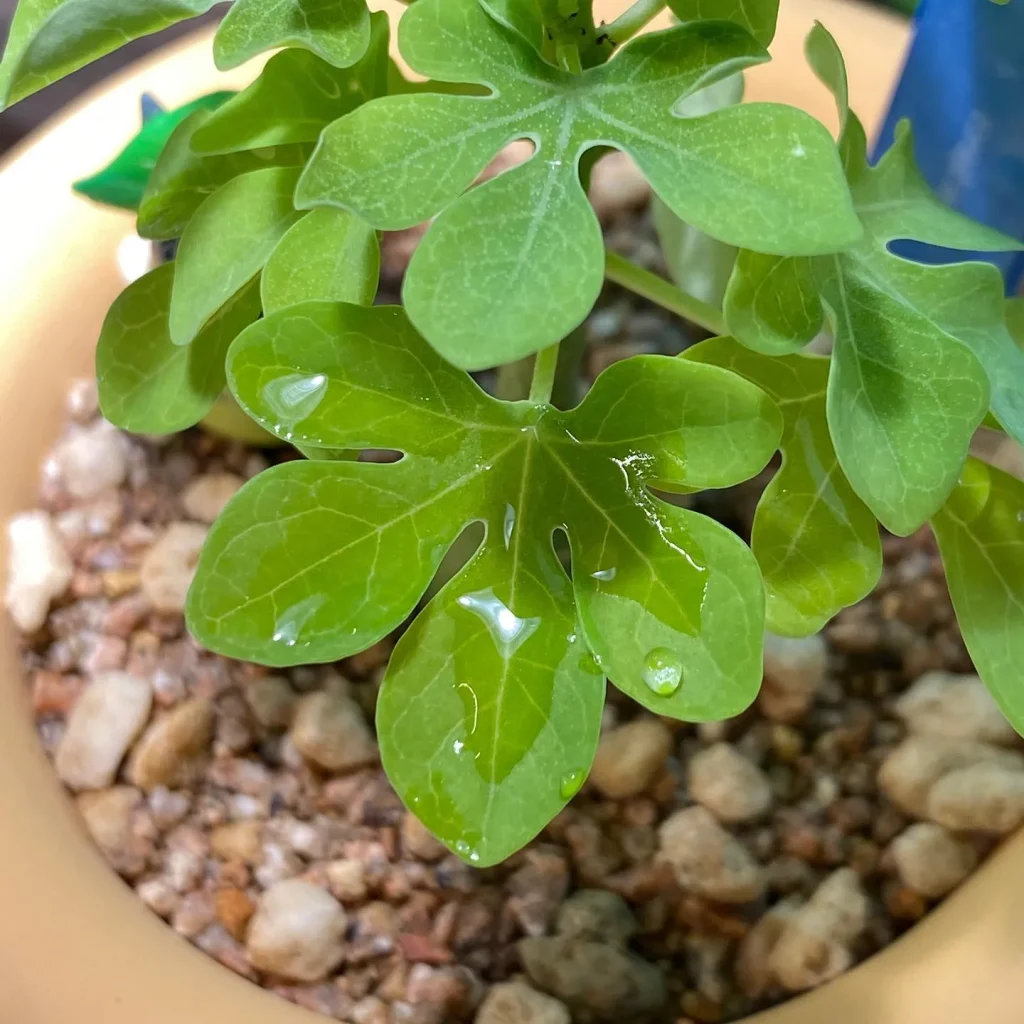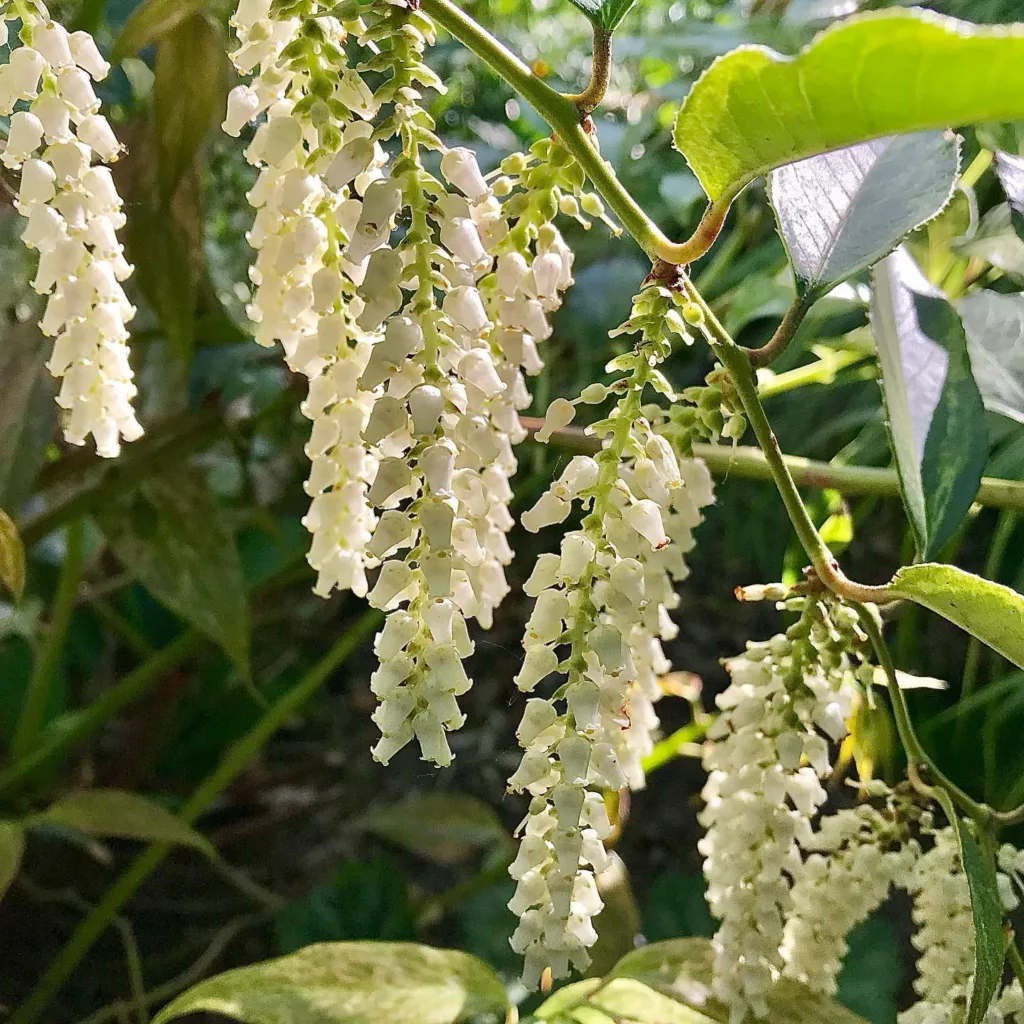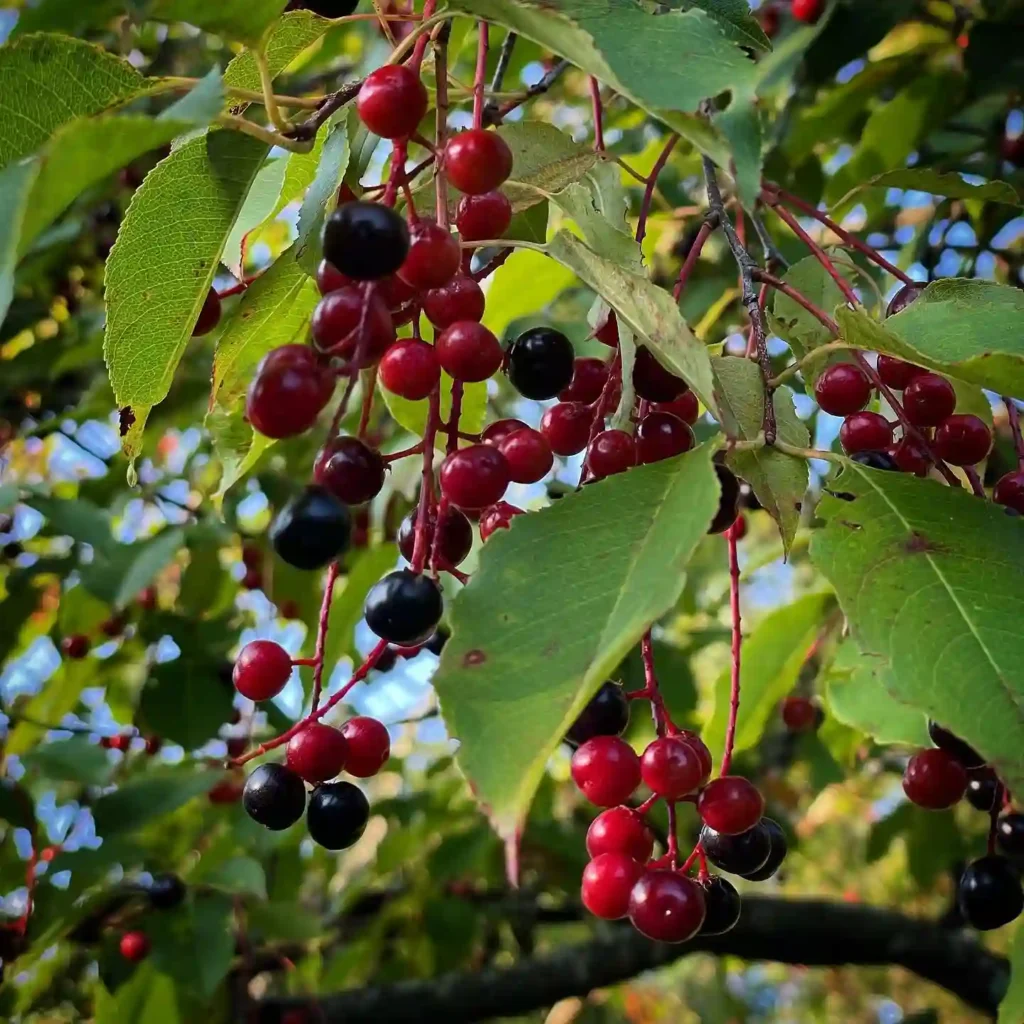
4 Species in Genus Wisteria
How to bonsai a Wisteria?
Bonsaiing a wisteria is definitely possible, but it requires patience and dedication due to its vigorous growth habit. Here’s a breakdown of the process:
Choosing a Wisteria:
- Species: Chinese Wisteria (Wisteria sinensis) and Japanese Wisteria (Wisteria floribunda) are the most popular choices for bonsai due to their smaller flower size and slightly less vigorous growth compared to other varieties.
- Starting method:
- Seedlings: Growing wisteria from seeds is a very slow process, taking 7-20 years to mature and flower. Not ideal for beginners.
- Air-layering or cuttings: This is a faster method, but requires some skill and practice.
- Young grafted trees: This is the recommended option for beginners. Look for nurseries specializing in bonsai trees and inquire about young grafted wisteria specifically for bonsai development.
Potting and Soil:
- Pot: Choose a pot that is shallow but wide enough to accommodate the initial root growth. As the tree matures, you can repot it into progressively larger bonsai pots.
- Soil: Use a well-draining bonsai mix that allows for good aeration and drainage. A mix of akadama (baked clay pebbles), lava rock, and pumice is a common choice.
Training and Pruning:
- Wire training: Once your wisteria establishes some initial growth, you can use pliable bonsai wire to gently bend and shape the branches. Apply the wire loosely to avoid damaging the bark.
- Pruning: Wisteria requires regular pruning throughout the growing season to maintain its size and desired shape.
- Pinch back new growth: Regularly pinch back new shoots to encourage branching and bushier growth.
- Prune thicker branches: During winter dormancy, you can prune thicker branches to control the overall size and shape of the bonsai. Always use sharp, sterilized pruning shears to make clean cuts.
Watering and Feeding:
- Water regularly: Wisteria enjoys consistent moisture, but avoid overwatering. Allow the top inch of soil to dry slightly before watering again.
- Fertilize sparingly: During the growing season, fertilize your wisteria bonsai with a balanced bonsai fertilizer diluted to half strength every few weeks. Avoid overfertilizing, as it can harm the roots.
Additional Tips:
- Sunlight: Wisteria thrives in full sun. Aim for at least 6 hours of direct sunlight daily.
- Temperature: Wisterias need a cold period (around 40°F or 4°C) to stimulate flowering. If you live in a warm climate, consider placing your bonsai outdoors during the winter months (protecting it from frost).
- Repotting: Repot your wisteria bonsai every 2-3 years or when the roots outgrow the pot.
Bonsaiing wisteria is a rewarding challenge. By following these guidelines and providing consistent care, you can cultivate a beautiful and unique wisteria bonsai over time. Remember, patience and proper pruning techniques are key to success!
How long does a Wisteria bonsai take to grow?
A Wisteria bonsai can take several years to mature, typically around 10-15 years to develop the classic bonsai appearance. The time required to achieve a mature look can vary depending on the starting age of the plant, growing conditions, and care practices. Patience and consistent care are key to successfully growing a Wisteria bonsai.
How to prune Wisteria bonsai?
Prune your Wisteria bonsai by cutting back new shoots after they have grown 6-8 inches, leaving 2-3 buds on each shoot. This encourages the plant to produce more side branches and creates a denser canopy. In late winter or early spring, prune any unwanted or crossing branches to maintain the shape. After flowering, remove spent flower clusters and thin out excessive growth to improve air circulation and light penetration.
Where to buy Wisteria bonsai tree?
Wisteria bonsai trees can be purchased from specialty bonsai nurseries, garden centers, and online retailers. When buying online, ensure the seller is reputable and provides healthy, well-cared-for plants. Visiting a local bonsai nursery allows you to inspect the plant in person and seek advice from experts.
Can Wisteria bonsai grow indoors?
Wisteria bonsai can be grown indoors, but it is challenging because Wisteria prefers full sunlight and ample airflow, which are easier to provide outdoors. If grown indoors, place the bonsai in the sunniest location possible, ideally near a south-facing window. Supplement with grow lights if necessary and ensure the plant receives adequate air circulation to prevent mold and pests.
Do Wisteria bonsai need a humidity tray?
While Wisteria bonsai can benefit from a humidity tray, it is not strictly necessary if the plant is receiving adequate humidity from the surrounding environment. A humidity tray can help maintain moisture around the plant, especially during dry conditions, and can also aid in preventing the soil from drying out too quickly.
How big do Wisteria bonsai trees grow?
Wisteria bonsai trees can vary in size depending on the style and training. They typically range from 1 to 3 feet in height. The size is controlled through regular pruning and training to maintain the desired compact appearance while showcasing the plant’s natural beauty.
How to feed a Wisteria bonsai?
Feed a Wisteria bonsai with a balanced, water-soluble fertilizer during the growing season (spring and summer). Use a fertilizer high in phosphorus to encourage blooming. Apply fertilizer every two weeks, but reduce feeding in the fall and stop during winter when the plant is dormant. Avoid over-fertilizing, as this can lead to excessive foliage growth at the expense of flowers. Dilute the fertilizer to half strength to prevent nutrient burn and always water the plant thoroughly before and after feeding.
If i die, water my plants!



